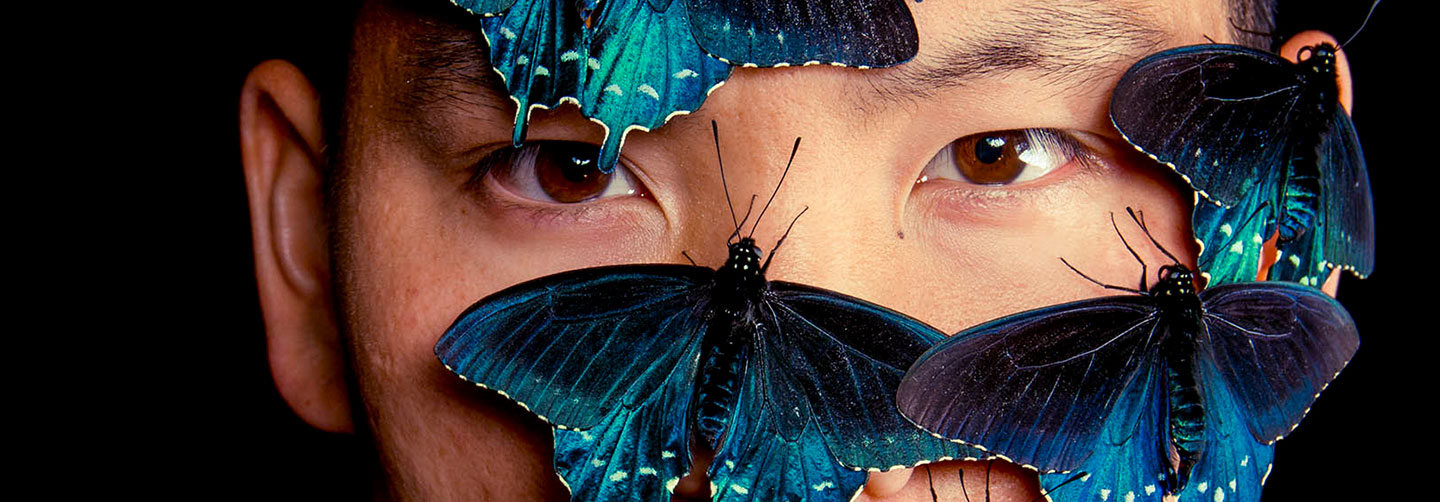BUTTERFLY HERO: Tim Wong
Tim Wong’s backyard is one of the few places in San Francisco, California, where people can glimpse California pipevine swallowtail butterflies. The species is endemic, or native, to Northern California. But habitat loss has caused the shimmering, bright-blue butterflies’ numbers to dwindle. In an effort to bring back the species locally, Wong turned his backyard into a sanctuary for swallowtails.
Wong works as a biologist at the California Academy of Sciences, where he cares for its aquarium’s tropical plants and animals. But in his spare time, he studies local butterflies. A few years ago, Wong began raising swallowtails in his backyard. He shared stunning pictures of his unusual hobby on social media, and they quickly became a hit. Science World talked to Wong to find out what it’s like to care for butterflies and the importance of restoring native species and their habitats.

